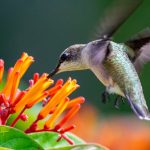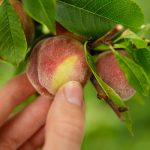Create a calm, soothing outdoor environment by incorporating blue hues into your lush green landscape.
Classic blue was the Pantone color of 2020, but I never got a chance to write an article praising blue in the landscape or offer my favorite blue plant suggestions.
Even though it’s two years late, I’m sharing my thoughts now because blue flowers are cooling and soothing — and combining blue with lush green foliage just relaxes the soul and disposition.
So, here’s to a calm, cool spring and summer with my fantastic recommendations for plants in shades of blue.
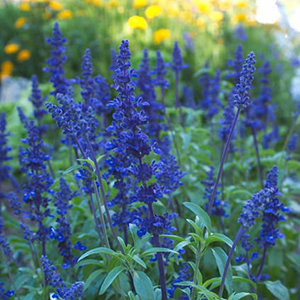 Mealy cup blue sage (Salvia farinacea): adapted to full sun to partial shade and to many soil types. They are a whole host of cultivars of S. farinacea. I favor ‘Henry Duelberg’, ‘Victoria’, and ‘Mystic Spires’. Mealy cup blue sage (Salvia farinacea): adapted to full sun to partial shade and to many soil types. They are a whole host of cultivars of S. farinacea. I favor ‘Henry Duelberg’, ‘Victoria’, and ‘Mystic Spires’. |
 Indigo spires (Salvia farinacea X longispicata): a hybrid cross between S. farinacea and S. longispicata that can tolerate partial shade but prefers full sun. The thing to keep in mind with indigo spires is to greatly reduce water, fertilizer and mulch. Too much love will result in an out-of-control plant. Indigo spires (Salvia farinacea X longispicata): a hybrid cross between S. farinacea and S. longispicata that can tolerate partial shade but prefers full sun. The thing to keep in mind with indigo spires is to greatly reduce water, fertilizer and mulch. Too much love will result in an out-of-control plant. |
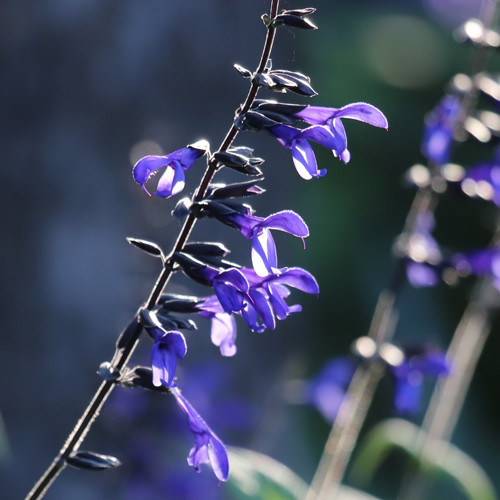 Majestic sage aka black and blue sage (Salvia guaranitica): this Mexican sage is immediately recognizable from its intense royal blue flowers and navy blue stems. Its advantage in San Antonio is its tolerance to partial shade. It is truly majestic and may grow up to four-five feet. Majestic sage aka black and blue sage (Salvia guaranitica): this Mexican sage is immediately recognizable from its intense royal blue flowers and navy blue stems. Its advantage in San Antonio is its tolerance to partial shade. It is truly majestic and may grow up to four-five feet. |
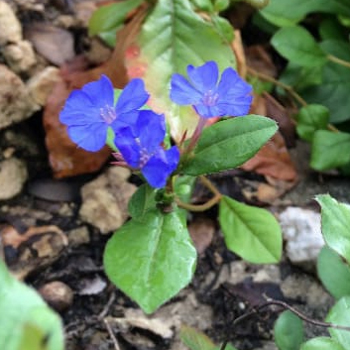 Leadwort aka dwarf plumbago (Ceratostigma plumbaginoides): a groundcover that is adaptable to sun or shade but does best in partial shade. It’s known for its intense royal blue flowers. I like it because once established you only need to mow it once a year. Unfortunately, leadwort is not consistently evergreen. Leadwort aka dwarf plumbago (Ceratostigma plumbaginoides): a groundcover that is adaptable to sun or shade but does best in partial shade. It’s known for its intense royal blue flowers. I like it because once established you only need to mow it once a year. Unfortunately, leadwort is not consistently evergreen. |
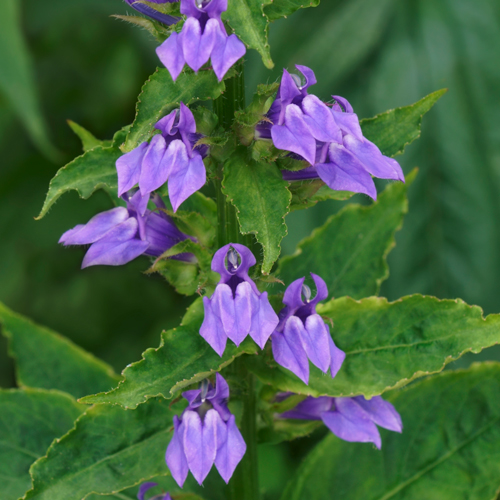 Lobelia (Lobelia siphilitica): a partial shade perennial for South Texas that requires moist soil. From the garden standpoint, lobelia blooms late in summer and into fall making it a cooling element in the garden. Note: lobelia is toxic if ingested; can cause dizziness, nausea, vomiting and heart palpitations. Lobelia (Lobelia siphilitica): a partial shade perennial for South Texas that requires moist soil. From the garden standpoint, lobelia blooms late in summer and into fall making it a cooling element in the garden. Note: lobelia is toxic if ingested; can cause dizziness, nausea, vomiting and heart palpitations. |
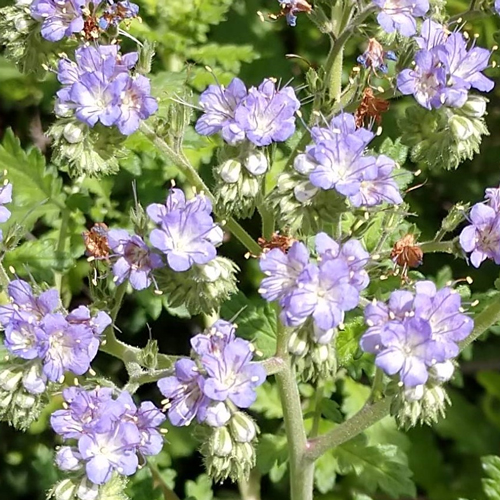 Blue curls (Phacelia congesta): an early spring bloomer that provides critical nectar to bees, birds and butterflies. Blue curls do best in partial shade or early morning sun. With their delicate flowers and lacy foliage, they are best suited for cottage gardens or wildscapes. Blue curls should be treated as biennials and replaced every two to three years. Blue curls (Phacelia congesta): an early spring bloomer that provides critical nectar to bees, birds and butterflies. Blue curls do best in partial shade or early morning sun. With their delicate flowers and lacy foliage, they are best suited for cottage gardens or wildscapes. Blue curls should be treated as biennials and replaced every two to three years. |
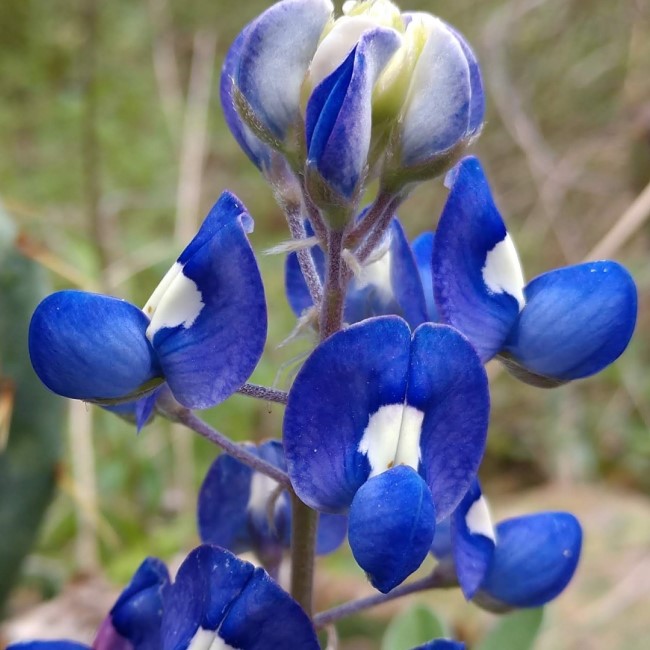 Bluebonnets (Lupinus spp.): Texas bluebonnets have a two-year cycle from bean to bloom. In other words, don’t expect blooms in the spring when you scatter bluebonnet seeds in the fall. We have several articles about how to grow Texas wildflowers. Most wildflowers prefer full sun and bare, unamended soil. Bluebonnets (Lupinus spp.): Texas bluebonnets have a two-year cycle from bean to bloom. In other words, don’t expect blooms in the spring when you scatter bluebonnet seeds in the fall. We have several articles about how to grow Texas wildflowers. Most wildflowers prefer full sun and bare, unamended soil. |



